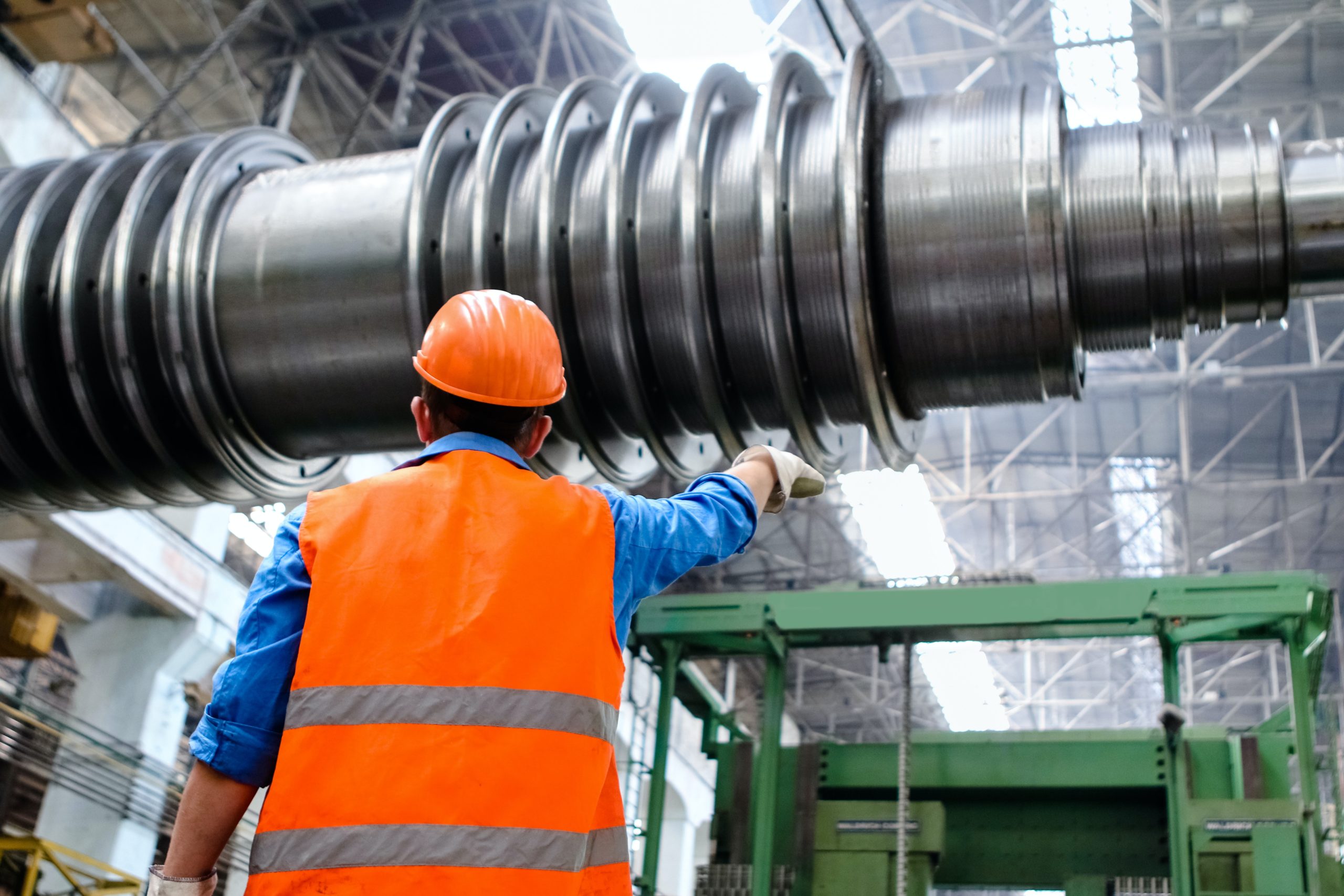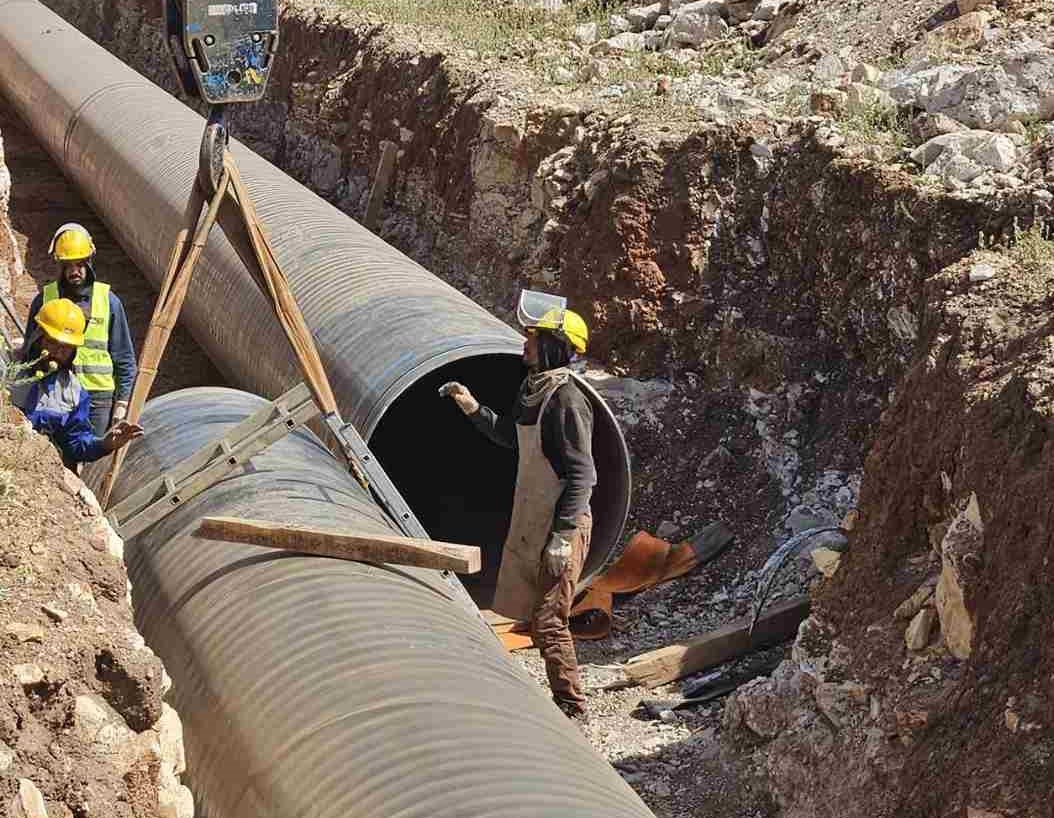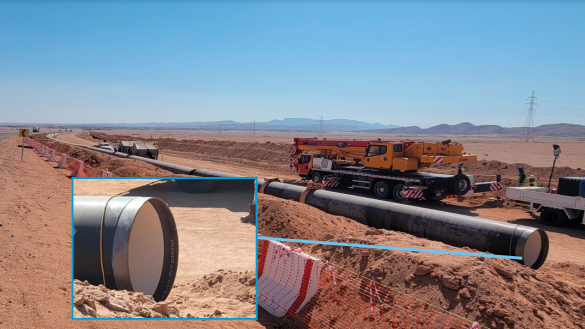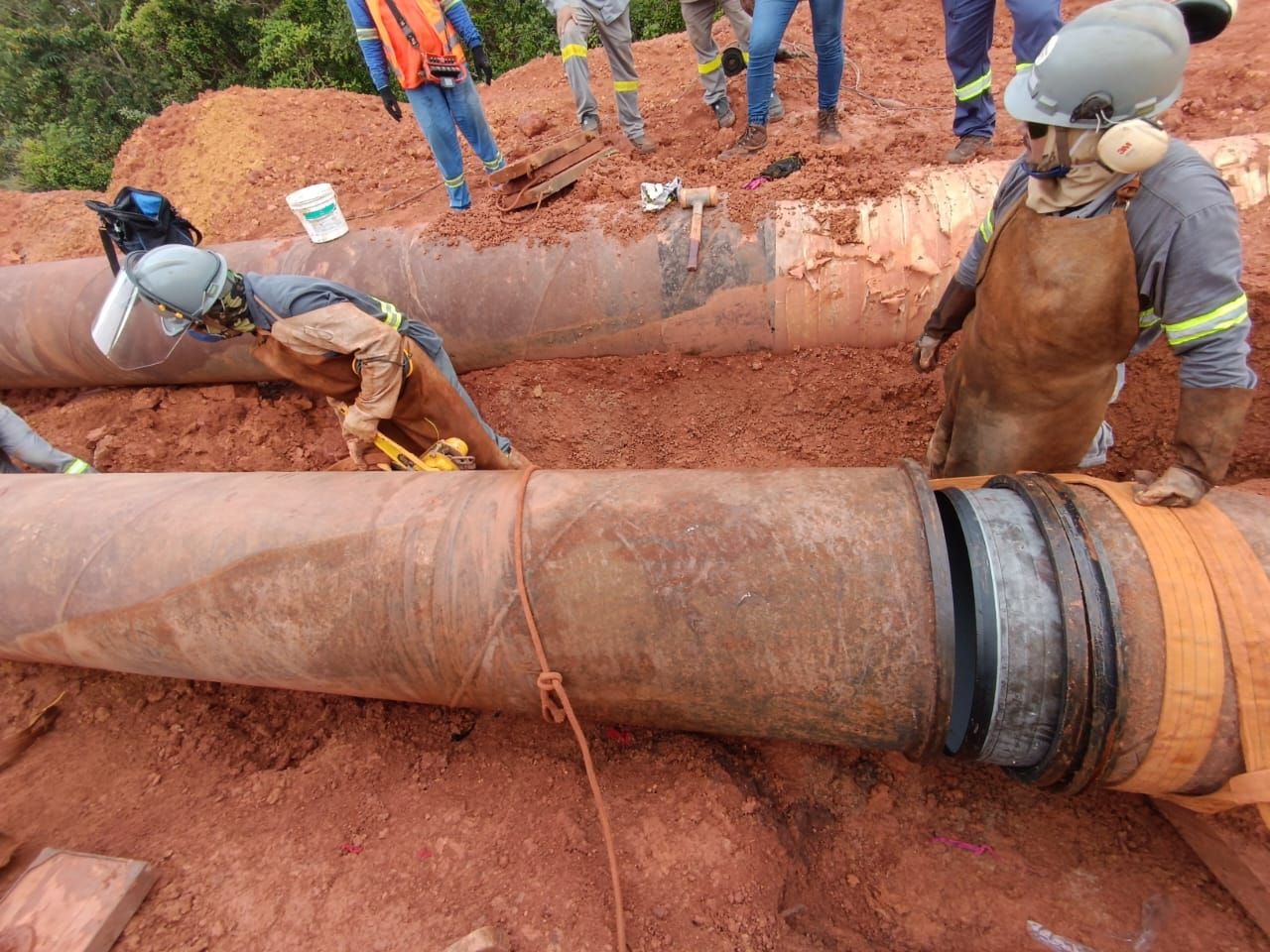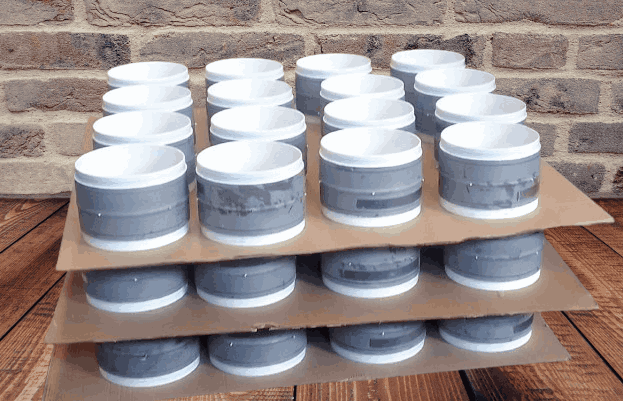Let’s learn girth weld for high strained pipeline!
Crack-like flaws frequently develop in pipes exposed to harsh conditions or during welding fabrication. Industry and researchers put a lot of work into creating strain-based design and assessment approaches over the past ten years to address pipeline flaws.
Girth welding is an essential part of pipeline construction. Pipelines must have proper girth welding to maintain their structural integrity and reduce the possibility of leaks or other problems. However, girth welding presents particular difficulties for high-strained pipelines that must be carefully handled to maintain pipeline longevity and safety.
Learn more about girth welding and why it’s crucial for maintaining the integrity of pipelines. Furthermore, we’ll look at the ideal procedures and installation of the girth welding of pipelines.
What is Girth Welding?
A girth weld encircles a pipe, tube, or vessel to forge a stronger bond than a single-pass seam weld can. Because this weld covers the connection entirely in metal, it offers more excellent stability than other techniques. Girth weld for high strained are, therefore, perfect for applications requiring strength and durability, including pipelines and pressure tanks.
There are various types of girth weld coatings. These welds are used to create circumferential welds for underground and pipeline systems. They are employed in the pipeline sector for the following tasks:
- Fabrication welding
- Tie-in welding
- Main-line welding
- Repair welding
Girth Welding Passes
Welding operators typically use at least three welding passes when doing girth welding. As follows:
- The most challenging welding pass in girth welding is the root pass, also known as the stringer bead, because the welding process requires a precise speed for increased reliability.
- Hot Pass increases the root pass’s welding thickness.
- The girth weld joint is finished by the fill and cap pass, the last welding pass.
Categories Of Girth Welding For High Strained Pipelines
These are the two types of girth seam welds:
Horizontal Girth Seam
Vertical pipe welds, for example, are horizontal circular seams. The welding seam is the all-position welding of a flat seam. Additionally, horizontal girth welding can be used for vertical steel storage tanks, horizontal girth welding for welders who typically stand or squat, etc.
Vertical Girth Seam
The circumferential vertical seam of the horizontal pipe is one example of an all-position welding seam with a standing seam as its primary component. Of course, the sheer girth includes the welding seam of the revolving weld of the horizontal pipeline.
Tie-in Girth Welding
A crucial component of girth welding is a tie-in. It speaks of the pipeline’s link to other piping networks’ facilities. This phrase can also describe the connections between various pipeline components.
It may also refer to changes made to the current plumbing systems. Adding valves, spool components, and tees are a few examples. The tie-in methods are based on welding techniques created about 40 years ago. These techniques demand a high level of manual labor and welding expertise.
Regular tie-ins are required in traditional construction methods after the crossing is reached. The tie-in process depends on the welder’s productivity and expertise, which can significantly impact cost and effectiveness.
Both semi-urban and metropolitan settings readily demonstrate this. It must be remembered that rural areas also contain several natural characteristics that can slow down progress.
Quality Control Measures for Girth Welds
Visual Inspection
For girth welds, visual inspection is the most popular kind of quality control. It entails visually inspecting the weld surface to look for any obvious flaws.
Inspecting welds for cracking, porosity, insufficient penetration, or absence of fusion is a common task. Any found defects need to be fixed, or the weld needs to be changed.
Mechanical Testing
To ascertain the weld’s mechanical characteristics, several tests are carried out. Standard techniques for assessing the strength and flexibility of the weld include tensile testing, bend testing, and impact testing.
These tests can establish whether a weld complies with the necessary criteria and are carried out on samples collected from the weld.
Non-destructive Testing (NDT)
NDT is a testing technique that doesn’t harm the weld or the pipeline. For girth welds, various NDT techniques are employed, including eddy current testing (ECT), magnetic particle testing (MPT), liquid penetrant testing (LPT), and ultrasonic testing (UT).
These methods can find flaws like cracks, porosity, or partial fusion that are not obvious to the naked eye.
How Do You Pick The Type Of Weld?
When selecting the weld approach, several factors must be considered. For instance, the form of the weld that is most effective will depend on the base metals. Ensure the girth welding technique you select will be compatible with the material used to make the pipe or tank. You will obtain a firm, even weld in this manner.
It would help to consider where the pipe or tank will be positioned and any outside pressure that can impact the weld’s integrity. For an application subject to significant external force, you will require a stronger, more dependable weld than you would for a fixture without stress.
FAQs
What distinguishes a girth weld from a seam weld?
A weld around a pipe or tube’s circumference is known as a girth weld. A weld made down the length of a seam is called a seam weld. Because there is more surface area in contact with the bonded material, girth welds are more robust than seam welds.
What welding fault is the most serious?
Weld cracks are the most severe welding failure, and industry regulations practically never permit them. It can appear on the surface, in the metal used to weld, or in the hot spot.
Why do welds get weak?
Weld flaws are frequently the result of poor welding technique or parameter selection, such as inadequate shielding gas coverage or low travel speeds.
Which weld is the most challenging?
For various reasons, TIG welding is the most challenging type to learn. As a newbie, it takes some time to become used to the sluggish nature of TIG welding. A TIG welder uses a foot pedal to feed the electrode and regulate the varied amperage while keeping a steady hand on the welding torch.
Conclusion
Quality girth welds offer several advantages, including higher safety, improved reliability, lower maintenance costs, and a longer pipeline lifespan. Girth welds for plastic-stressed pipelines are not without their difficulties. To ensure girth welds’ long-term efficiency, it is crucial to ensure their proper implementation and regular inspection. We hope you may like our blog post related to girth weld for high strained pipeline.

